Coastal cities around the world were once filled with golden opportunities and a higher quality of life. However, climate change has threatened to cause these cities to sink into the ocean.
As water levels rise, the race to implement sustainable solutions to protect millions of residents and critical infrastructure is on. While efforts to protect cities from sinking is one, these are the 11 cities that might not be savable.
Jakarta, Indonesia
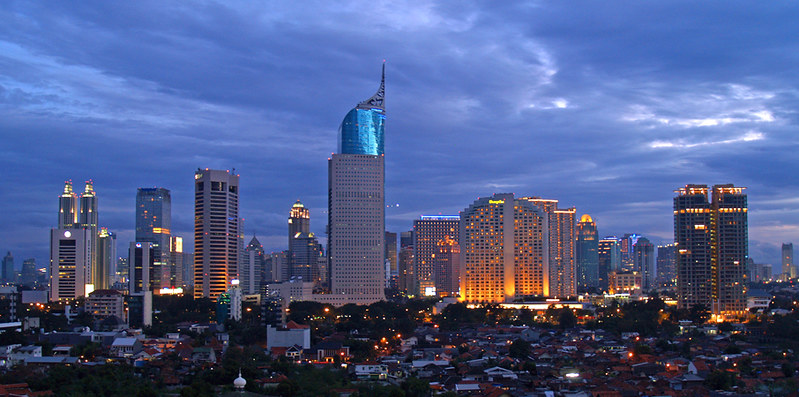
Jakarta, the capital of Indonesia, is one of the fastest-sinking cities in the world. Excessive groundwater extraction is causing the city to sink by as much as 10 inches per year. Rising sea levels are also contributing to the city’s sinking.
The city is predicted to be beyond saving in 2030 before the Java Sea has swallowed it almost whole.
Venice, Italy
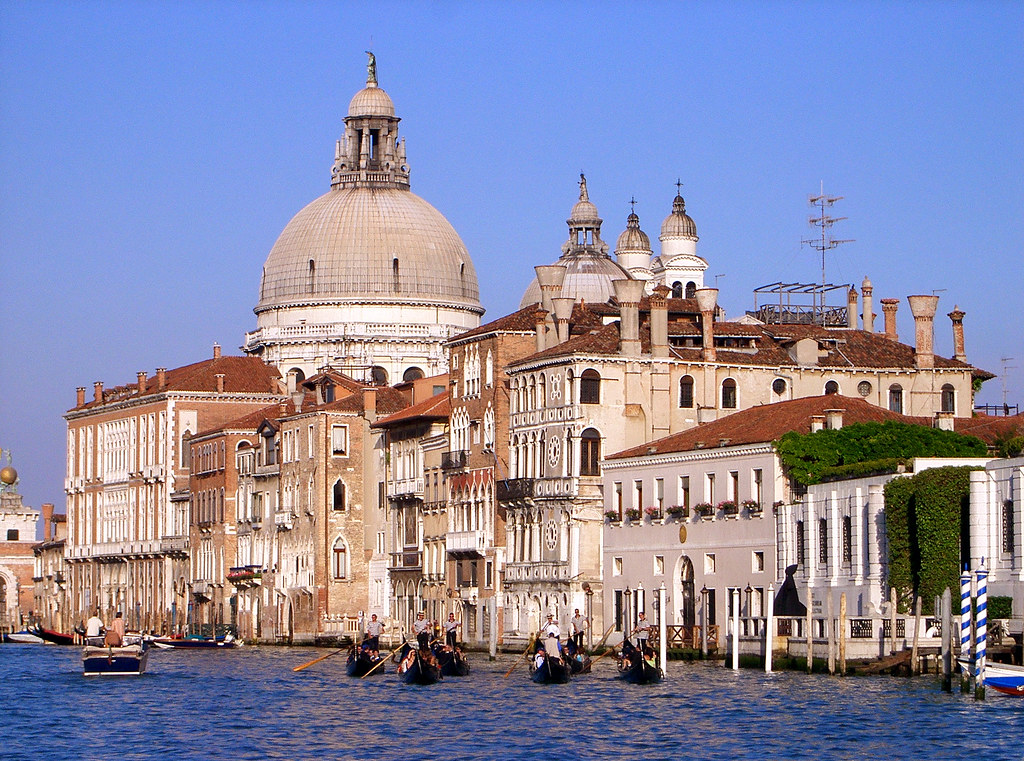
Venice has long been sinking over the years. Each year, the city sinks about one to two millimeters, which is about the same rate as a city in the US.
The city’s buildings sit atop piles, long timber supports driven deep into the mud beneath the lagoon they are built above. The natural settling of the lagoon sediments and the pumping of freshwater from deep aquifers are also contributing to the city’s sinking rate.
New Orleans, USA
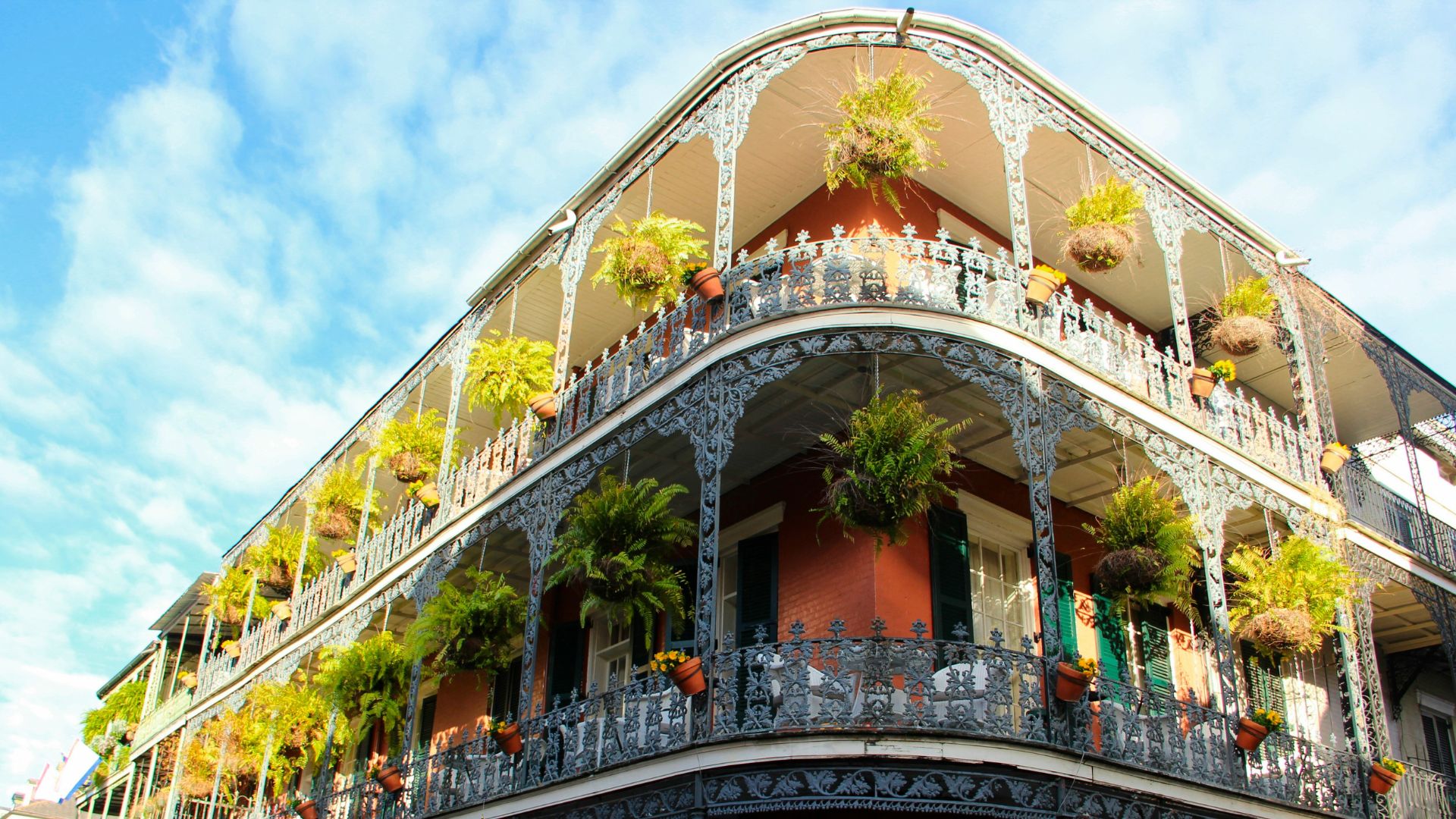
The home of Mardi Gras in the US has been sinking due to the natural settling of the Mississippi and human activities off the coast of the Louisiana city. Oil extraction and levee construction have helped cause the city to sink below sea level.
Ongoing efforts have been focused on improving flood defenses and restoring natural wetlands, but devastating hurricanes and floods are causing more problems.
Dhaka, Bangladesh
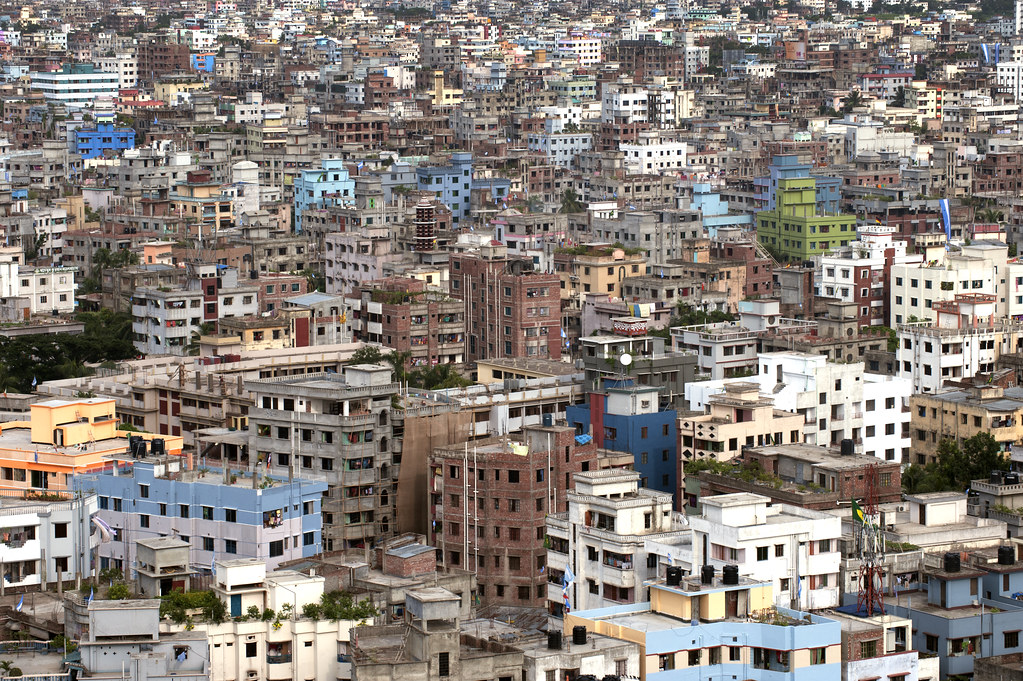
Dhaka, the capital of Bangladesh, is facing a serious risk of sinking into the ocean. Several factors are contributing to the city slipping below sea level, like rapid urbanization; groundwater depletion; encroachment of water bodies; and poor infrastructure.
The ongoing urban development and climate change are some of the more pressing factors that are making the city more vulnerable to drowning.
Alexandria, Egypt
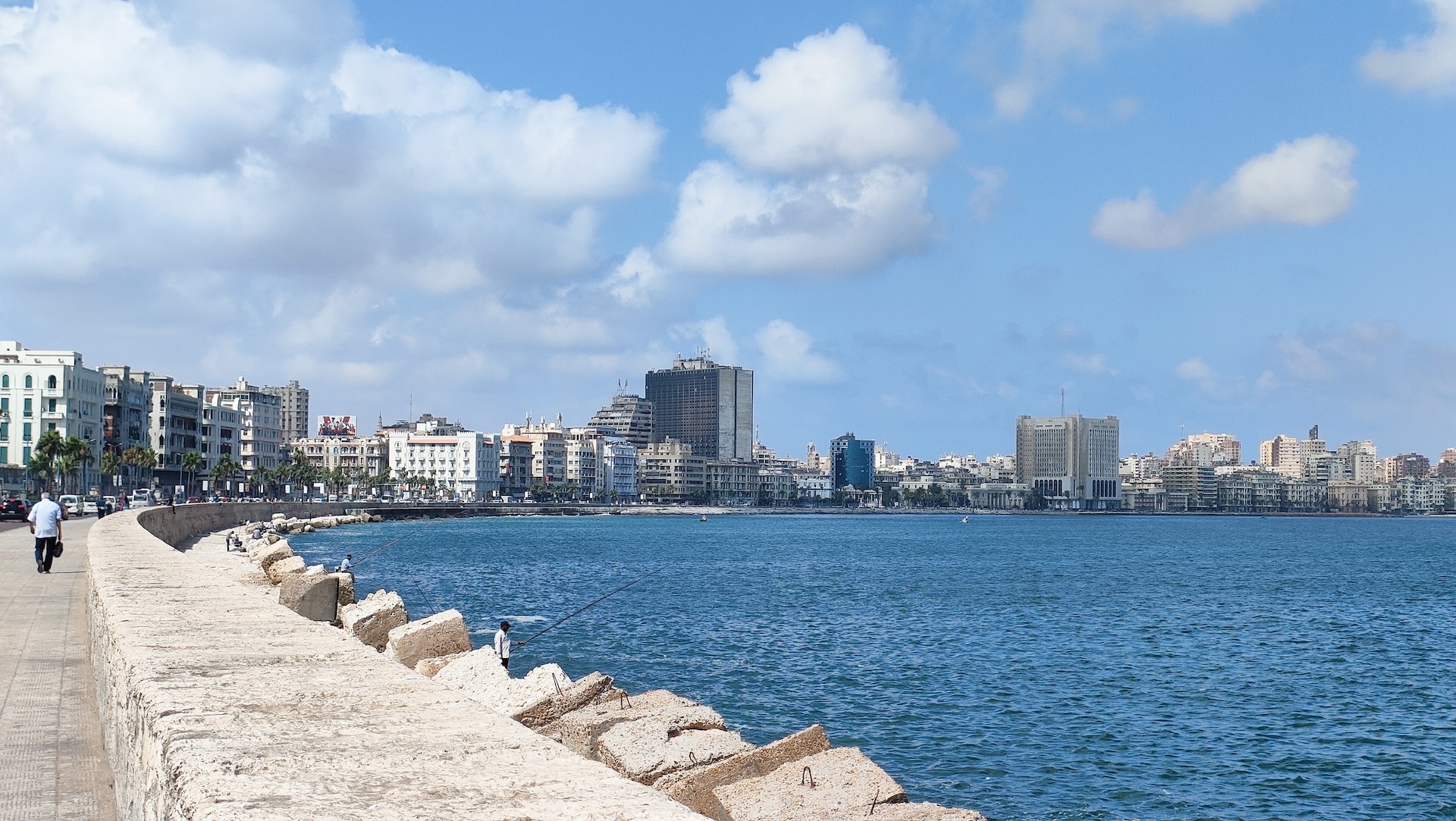
The second largest city in Egypt, Alexandria, is sinking fast. The city faces severe threats from rising sea levels, groundwater extraction, erosion, and urban development. The contrition of the Aswan High Dam on the Nile River is also contributing to how quickly the city is sinking.
Efforts to reinforce the coastline and manage urban expansion are ongoing to protect the city before it’s too late.
Shanghai, China
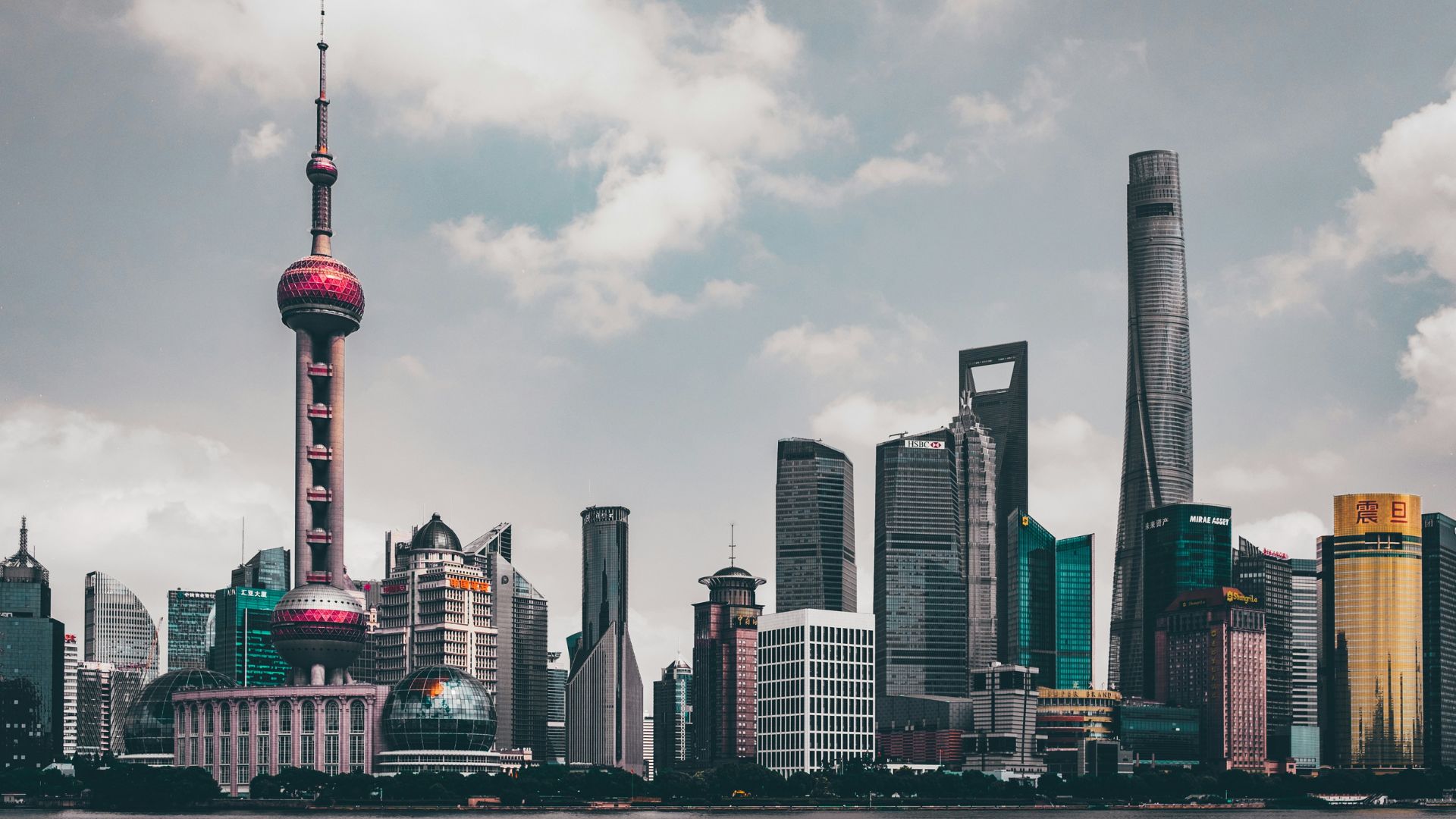
Shanghai is also experiencing sinking due to the most common factor that is causing the other cities on this list to sink: excessive groundwater extraction for industrial and residential use.
The city has implemented stringent groundwater management policies and constructed extensive flood barriers. However, the rising sea levels remain a constant threat to the city.
Houston, USA
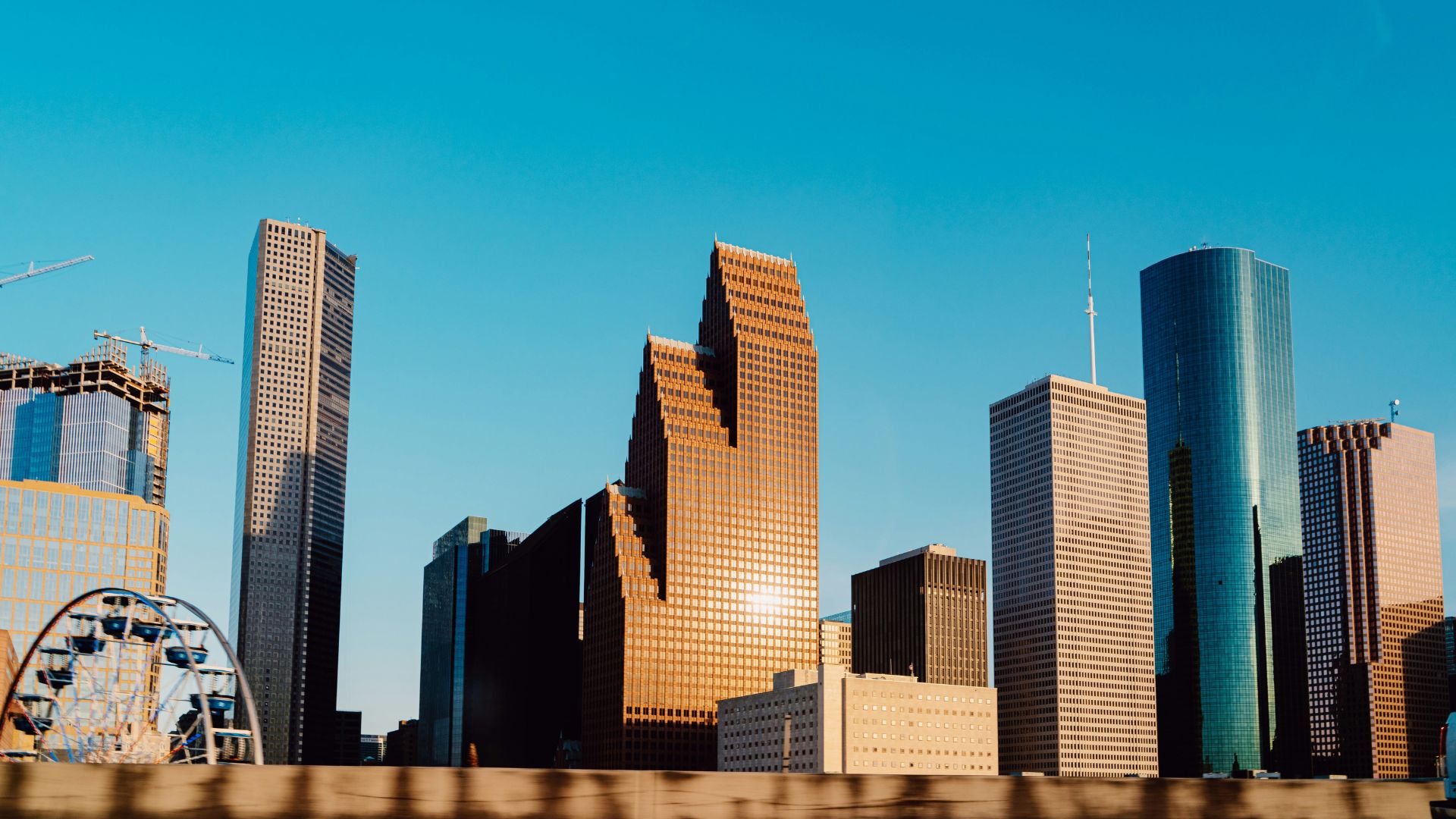
While more and more people move to Texas, especially Houston due to its location on the Gulf of Mexico, one of the biggest cities in Texas is sinking due to oil extraction and groundwater pumping.
Over the past century, Houston has sunk more than 10 feet, which has caused flood risks that are exacerbated by hurricanes and heavy rainfall to rise.
Lagos, Nigeria
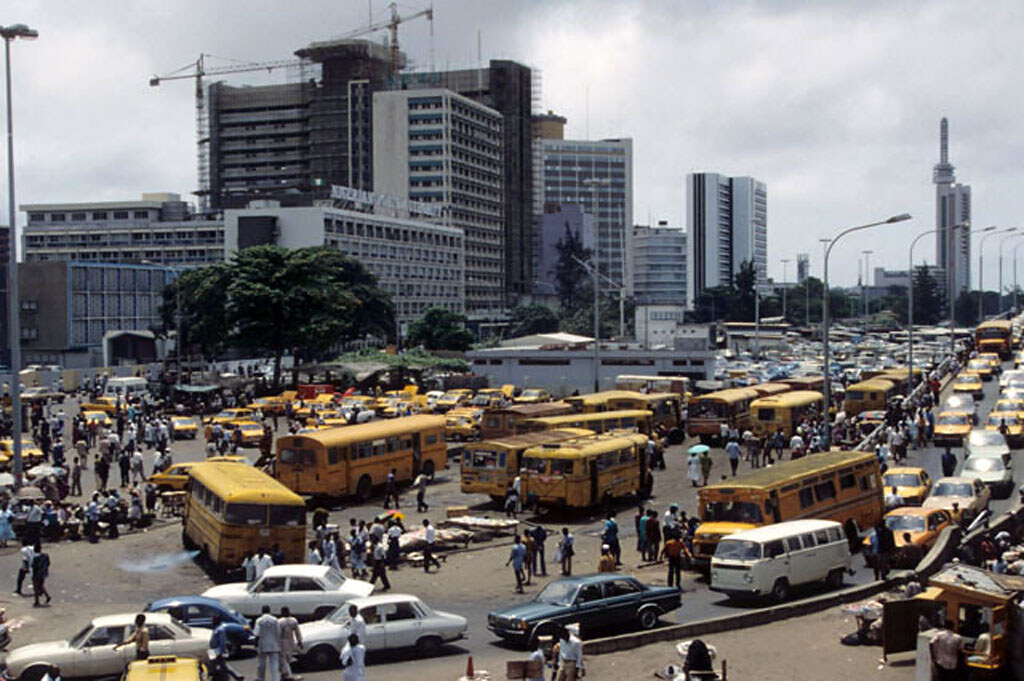
International Institute of Tropical Agriculture
The coastal city of Lagos is sinking due to several factors, like rapid urban development; population growth’ and groundwater extraction.
The city has been trying to combat the struggles by shifting to sustainable urban planning and improving drainage systems.
Manila, Philippines
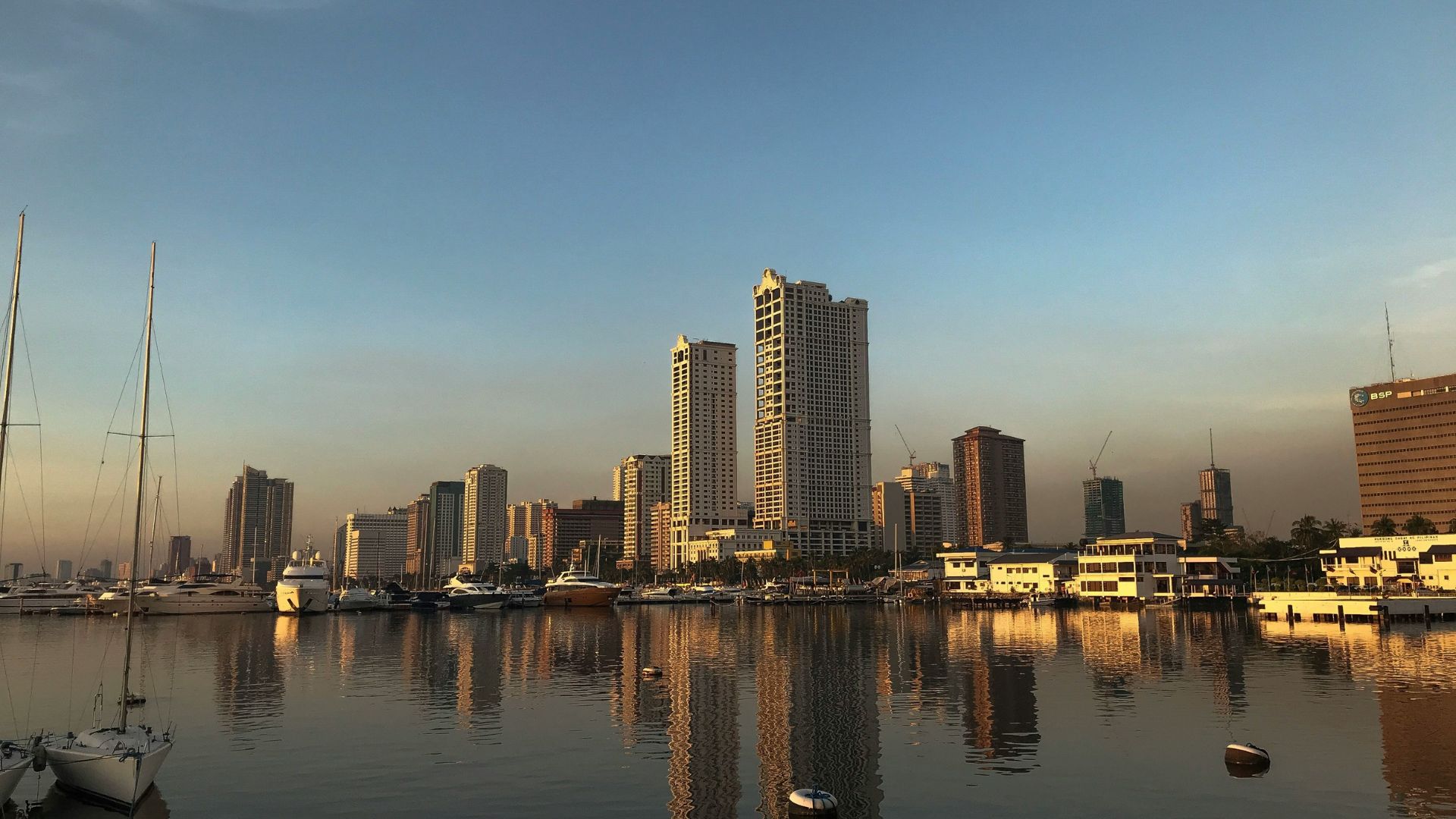
The capital of the Philippines is sinking due to a combination of subsidence and rising sea levels.
The city’s location on a floodplain has made the city prone to severe flooding during typhoons and heavy rains. Manila is attempting to focus on improving drainage systems and reducing groundwater extraction, but natural disasters have been putting these plans on hold.
Ho Chi Minh City, Vietnam
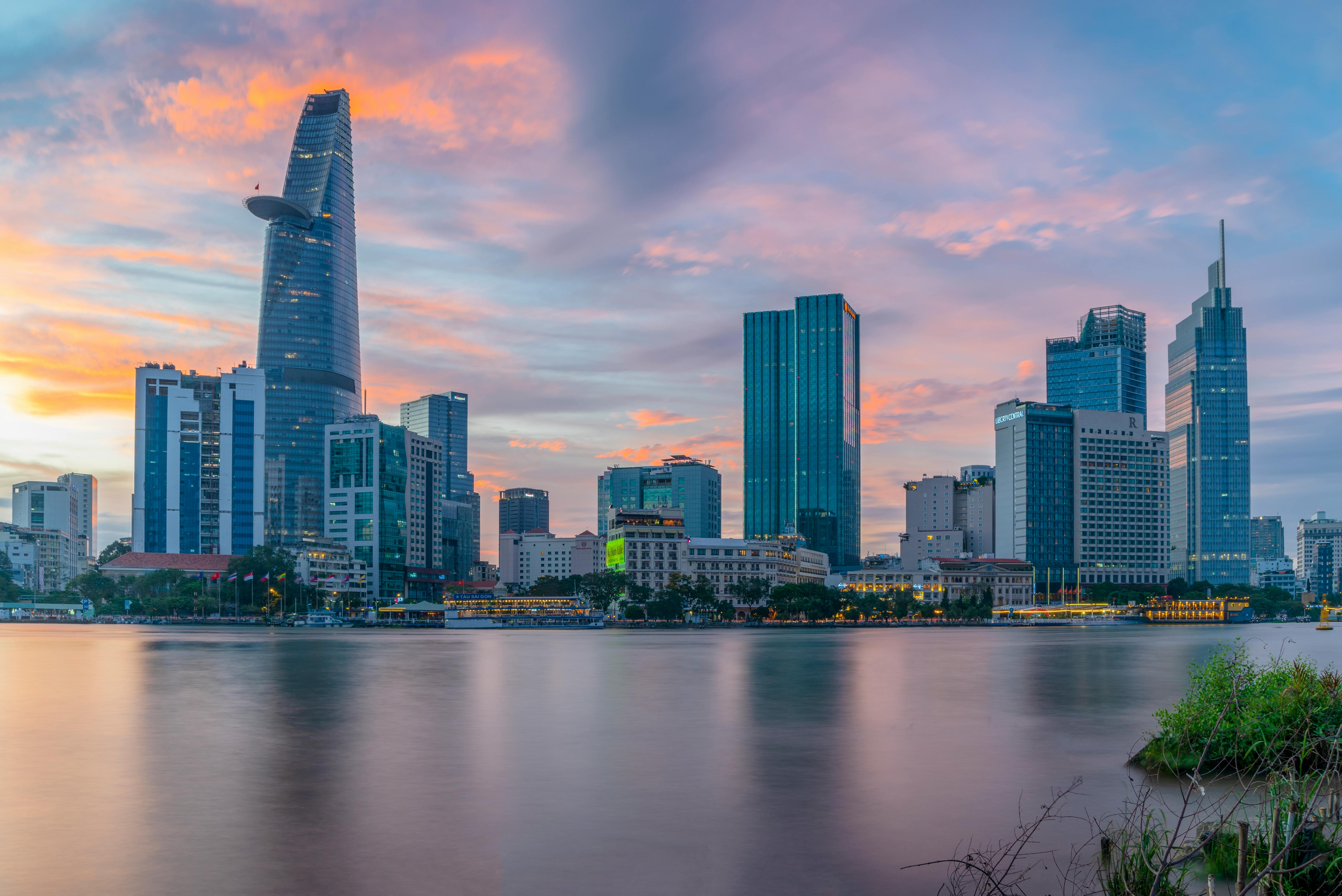
Ho Chi Minh City has been sinking quickly each year by nearly 1 to 2 centimeters. This rapid sinking rate is largely caused by rapid urbanization and groundwater extraction. The city is also vulnerable to typhoons and rising sea levels.
Efforts to address the issues plaguing the city include improving water management and urban planning, but the efforts have not had much effect yet.
New York City, USA
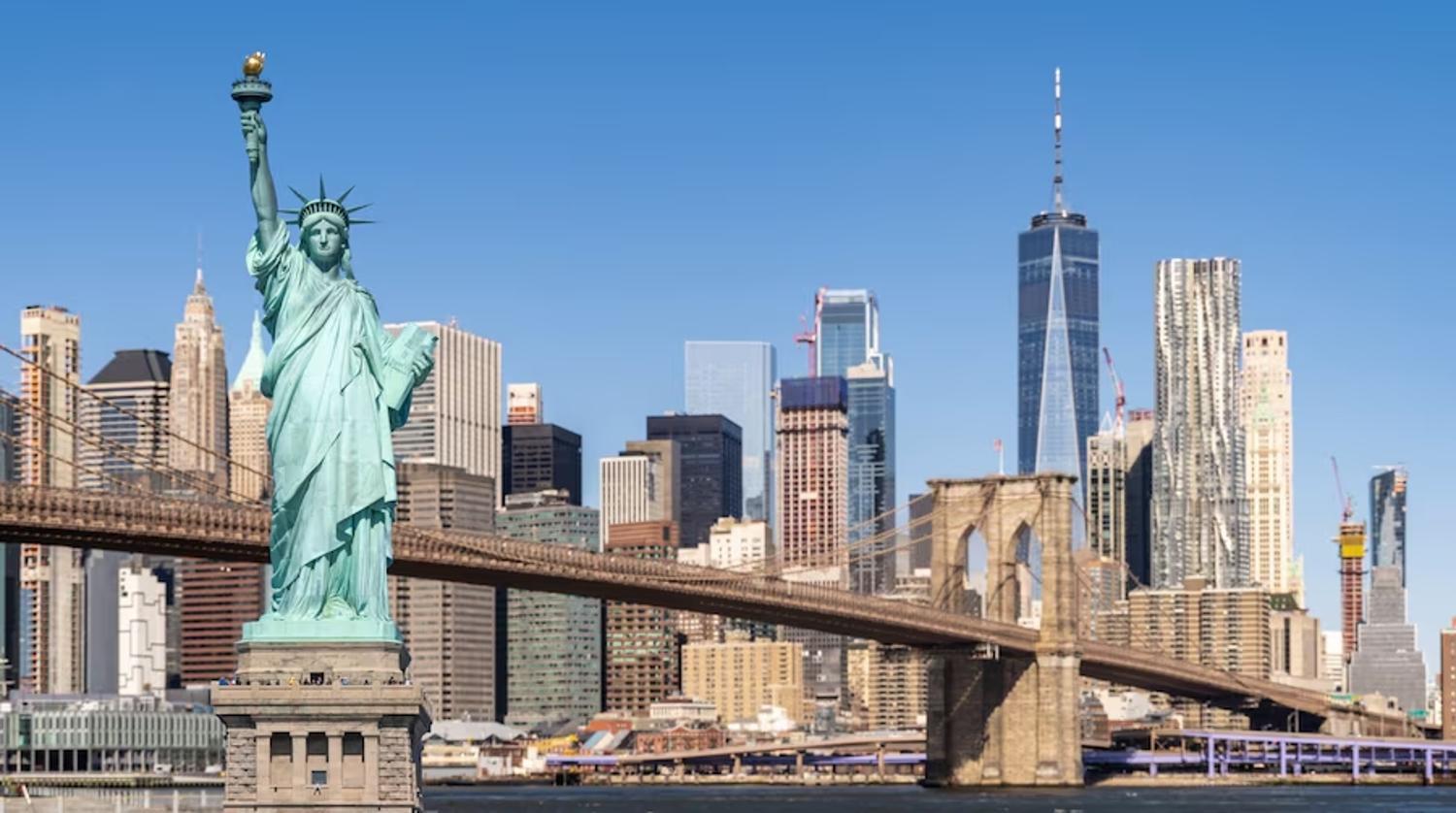
Like any coastal city, New York City has been itching below sea levels for years. Low-lying areas like Lower Manhattan are at high risk of flooding as climate changes have caused more storms and hurricanes to crash into the city’s weakened sea wall.
Initiatives like the East Side Coastal Resiliency project aim to enhance the city’s flood defenses.








































